Ratio and odds ratio/risk ratio – Hazard/rate ratio ratio of incidence rates – Odds/risk ratio ratio of proportions By taking into account time, you are taking into account more information than just binary yes/no Gain power/precision Logistic regression aims to estimate the odds ratio;Odds Ratio Odds Ratio for comparing two proportions OR > 1 increased risk of group 1 compared to 2 OR = 1 no difference in risk of group 1 compared to 2 OR < 1 lower risk ("protective") in risk of group 1 compared to 2 In our example, p 1 = proportion of women receiving SAT p 2 = proportion of men receiving SAT OR pp pp pp pp = − − = − − 11 22 12 21 1Odds Ratio vs Relatives Risiko Das relative Risiko (RR) ist einfach die Wahrscheinlichkeit oder Beziehung zweier Ereignisse Nehmen wir an, A ist Ereignis 1 und B ist Ereignis 2 Man kann das RR erhalten, indem man B von A oder A / B dividiert Genau so kommen Experten auf populäre Zeilen wie "Gewöhnliche alkoholische Getränketrinker sind 24 mal mehr gefährdet, an Leberproblemen

Measures Of Effect Relative Risks Odds Ratios Risk Difference And Number Needed To Treat Kidney International
What is the difference between odds ratio and hazard ratio
What is the difference between odds ratio and hazard ratio-Odds Ratio, Hazard Ratio and Relative Risk Janez Stare1 Delphine MaucortBoulch2 Abstract Odds ratio (OR) is a statistic commonly encountered in professional or scientific medical literature Most readers perceive it as relative risk (RR), although most of them do not know why that would be true But since such perception is mostly · The interpretation of a hazard ratio is essentially the same as an odds ratio However it's probably worth noting that whilst an odds ratio is derived from calculating the odds of an event in the intervention and the control arms expressed as a ratio The hazard ratio is derived from calculating the rate (number of events/time) in the intervention and the control arms expressed as a ratio



Statistics For Gp And The Akt Sept 11
For instance, a relative risk of 70% corresponds to an odds ratio of 07/(107)=233 however, it is clearer to say to the layman that a certain risk factor "increases the probability of a disease by 70%" (relative risk) rather than that it "increases the probability of the disease by an odds ratio · From the previous post, we understand that Odds Ratios (OR) and Risk Ratios (RR) can sometimes, but not always be interpreted in the same way We even saw that scientific studies made the mistake of interpreting odds ratios as risk ratios I have even seen the OR interpreted as a RR in a scientific journal article with the title "The Odds Ratio calculation, usage and · The odds ratio will be greater than the relative risk if the relative risk is greater than one and less than the relative risk otherwise In the example above, if the adjusted odds ratio were interpreted as a relative risk, it would suggest that the risk of antibiotic associated diarrhoea is reduced by 75% for the intervention relative to the placebo group However, this would
· Binary outcome data reported by two exposure groups (such as exposed vs nonexposed or treatment vs placebo) can be compared using a 2 x 2 contingency table The magnitude of the exposure effect is numerically expressed as Risk difference Risk Ratio (Relative Risk) Odds Ratio (Absolute) Risk Difference · Hazard ratio = (hazard rate in intervention group) / (hazard rate in control group) The hazard ratio interpretation is a little clunky It tells you the risk of an event in the intervention group compared with the control group at any particular point in time For example, a hazard ratio of 05 tells you that, at any particular point in time, the intervention group are half as likely to beHazard ratio The hazard ratio in survival analysis is the effect of an explanatory variable on the hazard or risk of an event For a less technical definition than is provided here, consider hazard ratio to be an estimate of relative risk and see the explanation on that page The instantaneous hazard rate is the limit of the number of events per unit time divided by the number at risk as the
· Odds ratio is similar to relative risk In the sheepskin trial the relative risk was 058 and the odds ratio was 054 For most clinical trials where the event rate is low, that is less than 10% of all participants have an event, the odds ratio and relative risk can be considered interchangeable The relative risk and odds ratio will also be · That's not actually a proper formula for the risk ratio or odds ratio In fact, given only the minor allele frequencies in cases and controls and no counts, we can't actually compute the OR or RR Yet in this case I actually gave a very close approximation of the odds ratio because for very rare alleles, a « c and b «d, so (a/(ac))/(b/(bd)) ≈ (a/c)/(b/d) = (ad)/(bc) Suppose that theCommon pitfalls in statistical analysis Odds versus risk In biomedical research, we are often interested in quantifying the relationship between an exposure and an outcome "Odds" and "Risk" are the most common terms which are used as measures of association between variables



What Is The Difference Between The Risk Ratio Rr And The Odds Ratio Or Quora


Definition And Calculation Of Odds Ratio Relative Risk Stomp On Step1
· In fact, the odds ratio has much more common use in statistics, since logistic regression, often associated with clinical trials, works with the log of the odds ratio, not relative risk Because the (natural log of the) odds of a record is estimated as a linear function of the explanatory variables, the estimated odds ratio for 70yearolds and 60yearolds associated · If we go a step further, we can calculate the ratio between the two risks, called relative risk or risk ratio (RR), which indicates how much more likely is the occurrence of the event in one group compared with the other group Meanwhile, the odds represents a quite different concept The odds indicates how much more likely is an event to occur than not to · Risk vs odds The terms 'risk' and 'odds' are often used interchangeably but they actually have quite different implications and are calculated in different ways Odds is a concept that is very familiar to gamblers It is a ratio of probability that a particular event will occur and can be any number between zero and infinity It is usually expressed as a ratio of two integers For
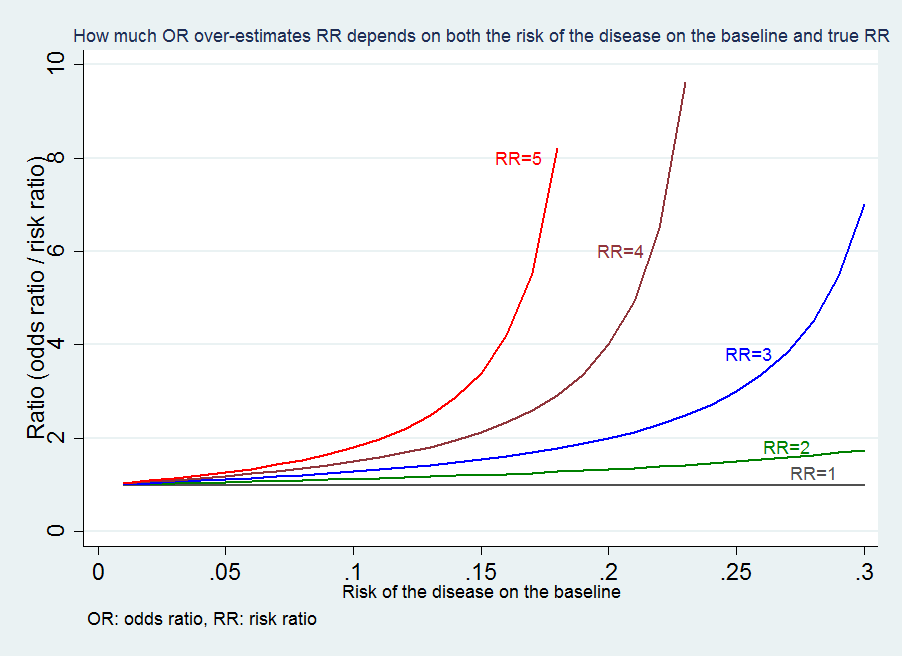


Medical Statistics And Data Science Statistics
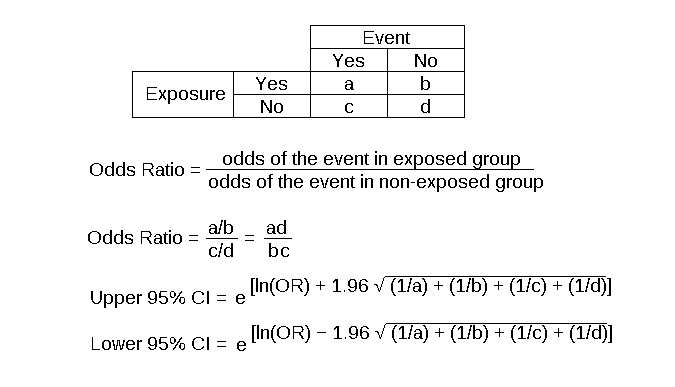


Odds Ratio Article
The odds ratio (OR) is a ratio of 2 numbers, like the relative risk we have 3 options OR = 1 The odds in the first group are the same as those in the second So no evidence that drinking wine can either protect against or increase the odds of heart diseaseRisk und Odds Ratio sind Begriffe, die man in der medizinischen Forschung auseinander halten sollte – vor allem, wenn man ein klinisches Paper veröffentlichen möchte „Problems arise for clinicians or authors when they interpret the odds ratio as a risk ratio, as the efficacy of protective interventions or the strength of disease determinate associations will be overestimatedThe risk difference of A relative to B is 001, the risk ratio is 101 Or one could view the risk ratio and the odds ratio as approximations to the hazard ratio or rate ratio Rates and hazards can exceed 1, unlike risks , so there's no constraint on the hazard ratio , unlike the risk ratio
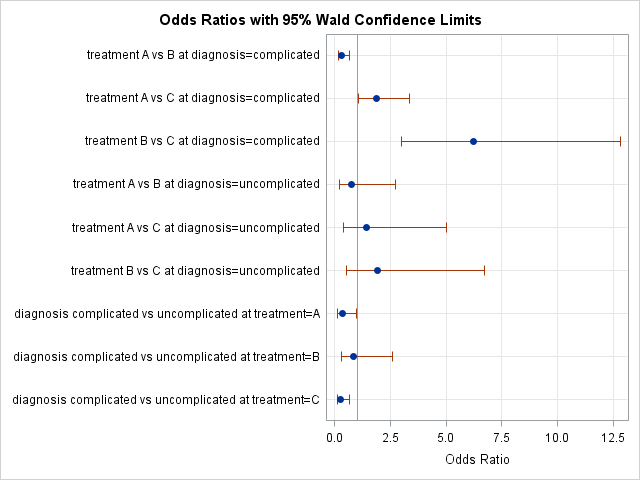


Odds Ratio Plots With A Logarithmic Scale In Sas The Do Loop



Jci Insight Plasma Copeptin And Chronic Kidney Disease Risk In 3 European Cohorts From The General Population
In survival analysis, the hazard ratio (HR) is the ratio of the hazard rates corresponding to the conditions described by two levels of an explanatory variable For example, in a drug study, the treated population may die at twice the rate per unit time of the control population The hazard ratio would be 2, indicating higher hazard of death from the treatmentRR and OR are commonly used measures of association in observational studies In this video I will discuss how to interpret them and how to apply them to pat · Odds ratio versus Hazard ratio 14 respuestas Dos conceptos estadísticos muy usuales en el lenguaje de la Medicina son el concepto de Odds ratio (Ver el tema dedicado a las Medidas de la relación entre variables cualitativas ) y el concepto de Hazard ratio (Ver los temas dedicados al Análisis de supervivencia y a la Regresión de Cox )
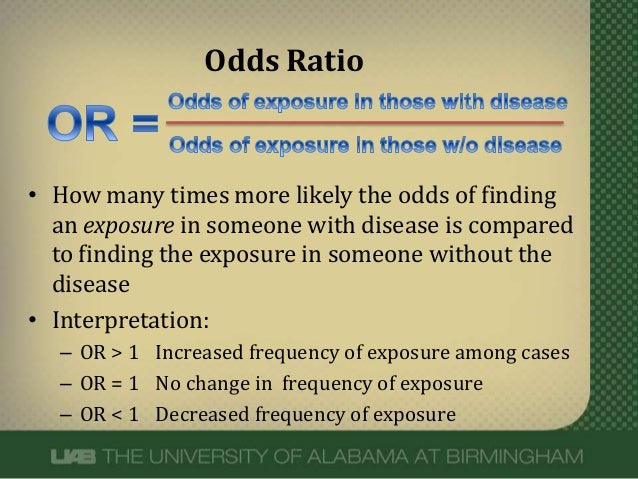


What Does An Odds Ratio Or Relative Risk Mean



Math3010 Week 6
Cox regression aims to estimate the hazard ratio 10 Risks vs Rates Relationship between risk and/06/ · risk = Odds 1 odds from which we can infer that if the risk or the probability of failure is low ( P · Hazard Ratios vs Risk Ratios (or Relative Risk) Hazard ratio is frequently interpreted as risk ratio (or relative risk), but they are not technically the same However, if that helps you to understand hazard ratio then it is OK But keep in mind HR is not RR One of the main differences between risk ratio and hazard ratio is that risk ratio does not care about the timing
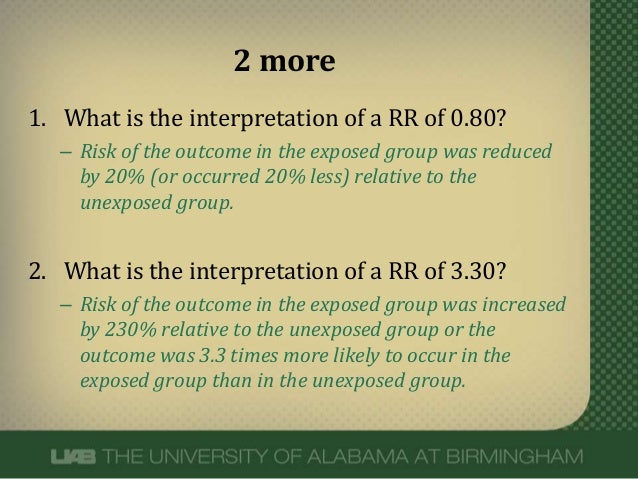


What Does An Odds Ratio Or Relative Risk Mean



Definition And Calculation Of Odds Ratio Relative Risk Stomp On Step1
· Odds ratio (OR) and risk ratio (RR) are two commonly used measures of association reported in research studies In crosssectional studies, the odds ratio is also referred to as the prevalence odds ratio (POR) when prevalent cases are included, and, instead of the RR, the prevalence ratio (PR) is calculated However, it should be noted that, although, mathematicalRisk, absolute risk, odds ratio and hazard ratio These figures help to determine if the new treatment has an advantage over other treatments or placebo Ways of expressing treatment effects The absolute risk, number needed to treat, relative risk and odds ratio can be calculated by compiling a 2x2 table of study data Values can then be derived using the equations shown in theRelative Risk vs Odds ratio Watch later Share Copy link Info Shopping Tap to unmute If playback doesn't begin shortly, try restarting your device Up next in 8
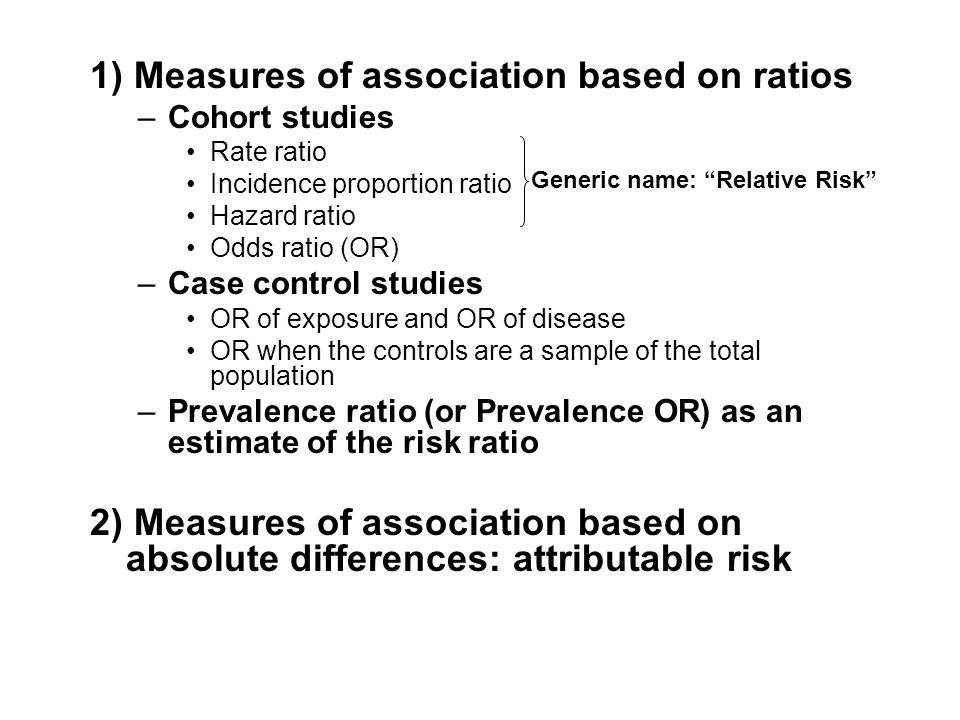


Measures Of Association Ppt Download
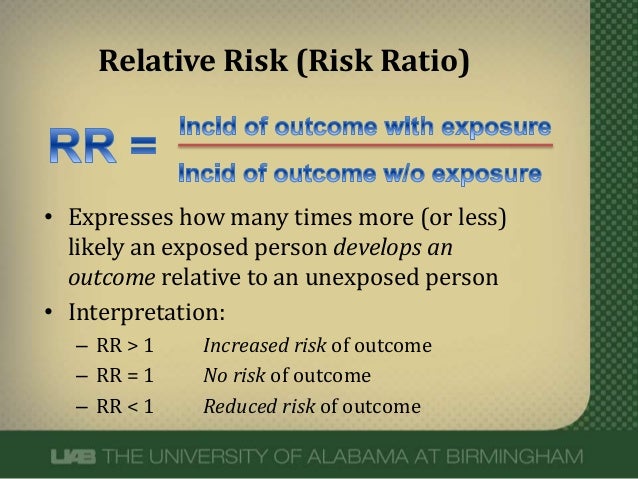


What Does An Odds Ratio Or Relative Risk Mean
Rather the odds is threefold greater Interpretation of an OR must be in terms of odds, not probability Again, the OR willIn logistic regression, an odds ratio of 2 means that the event is 2 time more probable given a oneunit increase in the predictor In Cox regression, a hazard ratio of 2 means the event will occur twice as often at each time point given a oneunit increase in the predictor Are these not practically the same thing?Now that you have a general idea of what odds ratio and relative risk are you need to know when to use them They don't always just ask you to calculate one or the other Sometimes questions on Step 1 also require you to figure out which type of calculation is needed based on the situation In clinical trials and cohort studies we use relative risk to compare the incidence of health



Understanding Systematic Reviews And Meta Analysis Archives Of Disease In Childhood



Statquest Odds Ratios And Log Odds Ratios Clearly Explained Youtube
· Notice that the odds ratio of 52 is close to the risk ratio of 50 That is one of the attractive features of the odds ratio — when the health outcome is uncommon, the odds ratio provides a reasonable approximation of the risk ratio Another attractive feature is that the odds ratio can be calculated with data from a casecontrol study, whereas neither a risk ratio nor a rate ratio · Odds Ratio, Hazard Ratio et Risque Relatif quelles différences ?A value lower than 100 indicates decreased risk The 95% confidence intervals and statistical



Statistics For Gp And The Akt Sept 11
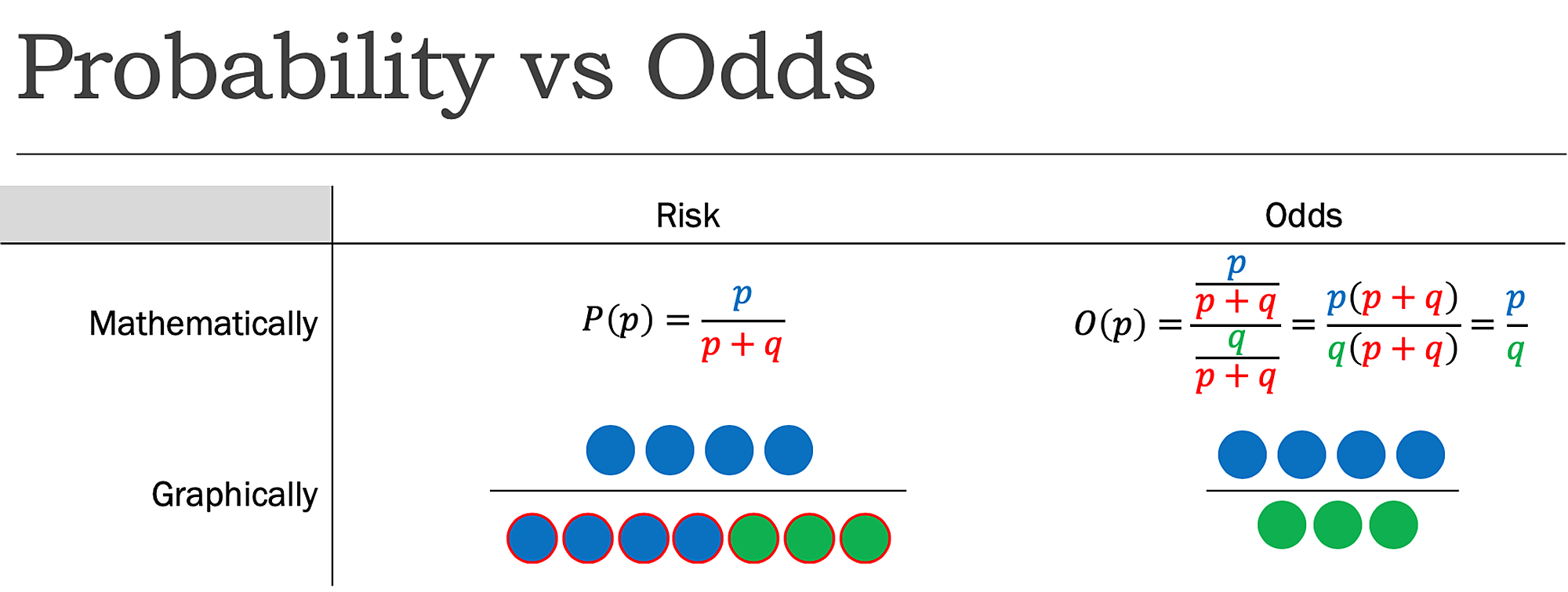


Cureus What S The Risk Differentiating Risk Ratios Odds Ratios And Hazard Ratios
Neither the risk ratio nor the odds ratio can be calculated for a study if there are no events in the control group This is because, as can be seen from the formulae in Box 92a, we would be trying to divide by zero The odds ratio also cannot be calculated if everybody in the intervention group experiences an event In these situations, and others where standard errors cannot be computedOdds ratios (OR) are commonly reported in the medical literature as the measure of association between exposure and outcome However, it is relative risk that people more intuitively understand as a measure of association Relative risk can be directly determined in a cohort study by calculating a risk ratio (RR) In casecontrol studies, and in cohort studies in which the outcome · For any level of risk or odds under no exposure, multiplication by a risk or odds ratio less than 1 will produce a risk or odds given exposure that is possible 0 to 1 for risks and 0 to infinity for odds Thus, a constant risk or odds ratio is possible for ratios less than 1 If the risk ratio comparing exposed persons with those not exposed is greater than 1, the ratio can be inverted to be less than 1 by comparing persons not exposed with those exposed Therefore, a constant risk ratio
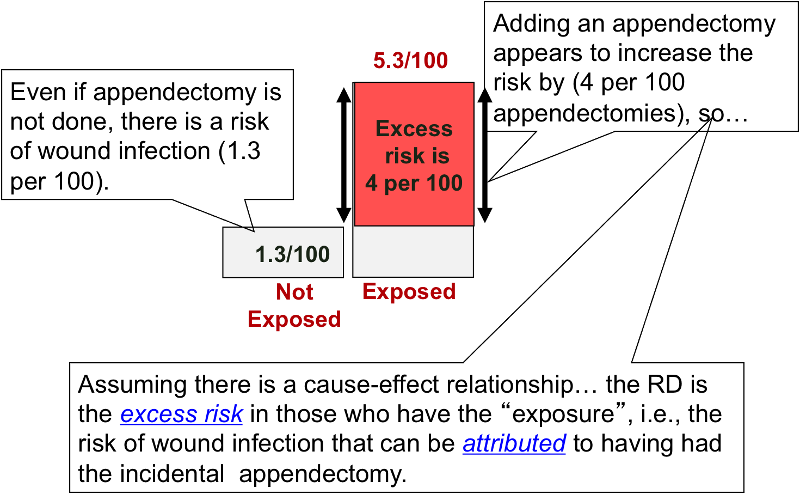


Risk Differences And Rate Differences



New Resource Can Help You Assess Hazards And Risks And Odds Ratios Laptrinhx News
· After converting the odds ratio to a risk ratio, the actual risk is 14 (mortality is 14 times more likely in patients with ICU delirium compared to those without ICU delirium) Because the incidence rate in the nondelirium group is high, the odds ratio exaggerates the true risk demonstrated in the study · Risk Ratio vs Odds Ratio Whereas RR can be interpreted in a straightforward way, OR can not A RR of 3 means the risk of an outcome is increased threefold A RR of 05 means the risk is cut in half But an OR of 3 doesn't mean the risk is threefold;/11/18 · To the Editor Dr Norton and colleagues 1 described significant limitations of odds ratios (ORs) but they did not report one important advantage of ORs compared with risk ratios (RRs) the magnitude of the association between an exposure and a dichotomous outcome is invariant to whether the outcome is defined as event occurrence (eg, death) or nonoccurrence
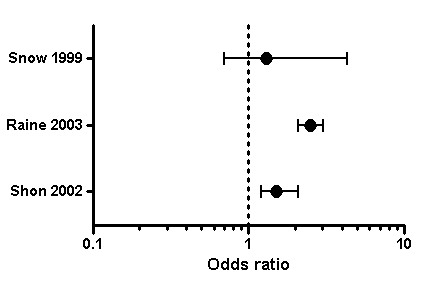


Graphpad Prism 9 User Guide Forest Plots



Confidence Intervals And P Values
· Hazard Ratio Vs Odds Ratio Vs Relative Risk / Odds ratios and relative risk are commonly used to contrast the prevalence of some indicator (eg disease) in different categories of population TrendingThe odds ratio (OR) and relative risk (RR) are measures of association for dichotomous nominal variables The OR has been widely used for biomedical research, the reasons for this are 1) The OR determines an estimate (with confidence interval) for relations between binary dummy variables, the interpretation most appropriate in terms of effectiveness 2) The OR is used to examine theThe relative risk and the odds ratio are measures of association between exposure status and disease outcome in a population Relative risk In epidemiology, relative risk (RR) can give us insights in how much more likely an exposed group is to develop a certain disease in comparison to a nonexposed group Once we know the exposure and disease status of a research population,



Odds Ratio Hazard Ratio And Relative Risk Janez Stare Semantic Scholar


Plos One Influence Of Clinicopathological Characteristics And Comprehensive Treatment Models On The Prognosis Of Small Cell Carcinoma Of The Cervix A Systematic Review And Meta Analysis
· The basic difference is that the odds ratio is a ratio of two odds (yep, it's that obvious) whereas the relative risk is a ratio of two probabilities (The relative risk is also called the risk ratio) Let's look at an exampleClassiquement dans les études épidémiologiques on retrouve au moins l'un de ces trois indicateurs risque relatif ( RR – relative risque ), rapport de côte ( OR – odds ratio ) et rapport de risque ( HR – hazard ratio ) · Risk ratios can be misleading as to the importance of the difference when the risk in the comparison group is very small For example, if the risk in the unexposed group is 001 and the risk in the exposed group is 005, that leads to a risk ratio of 5, but a risk difference of only 004 On the other hand, if the risk in the unexposed group is
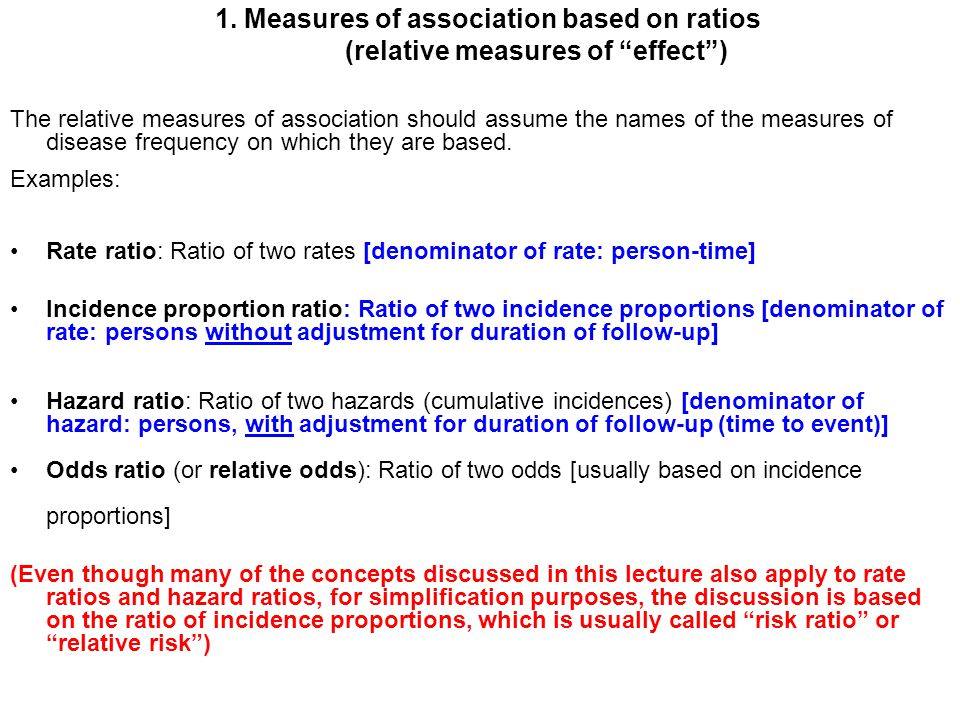


Measures Of Association Ppt Download



Figure 2 From Events Per Person Time Incidence Rate A Misleading Statistic Semantic Scholar
· Risk ratios, odds ratios, and hazard ratios are three ubiquitous statistical measures in clinical research, yet are often misused or misunderstood in their interpretation of a study's results 1 A 01 paper looking at the use of odds ratios in obstetrics and gynecology research reported 26% of studies (N = 151) misinterpreted odds ratios as riskIn a control group The odds ratio (OR) is the odds of an event in an experimental group relative to that in a control group An RR or OR of 100 indicates that the risk is comparable in the two groups A value greater than 100 indicates increased risk; · The Relative Risk Ratio and Odds Ratio are both used to measure the medical effect of a treatment or variable to which people are exposed The effect could be beneficial (from a therapy) or harmful (from a hazard) Risk is the number of those having the outcome of interest (death, infection, illness, etc) divided by the total number exposed to the treatment Odds is the



Hazard Ratio Wikipedia



Odds Ratio Hazard Ratio And Relative Risk Janez Stare Semantic Scholar
Odds Ratio Vs Relative Risk Lorsque deux groupes sont en cours d'étude ou d'observation, vous pouvez utiliser deux mesures pour décrire la probabilité comparative d'un événement Ces deux mesures sont l'odds ratio et le risque relatif Les deux sont deux concepts statistiques différents, bien que tellement liés les uns aux autres



Introduction To Cox Regression Kristin Sainani Ph D



Hazard Ratio Relative Risk Or Odds Ratio Of Selected Outcomes For The Download Table



Hazard Ratios And Survival Curves Youtube



Measures Of Effect Relative Risks Odds Ratios Risk Difference And Number Needed To Treat Kidney International



Pdf Odds Ratio Hazard Ratio And Relative Risk



đo Lư Ng Nh Hư Ng Odds Ratio Relative Risk Risk Ratio Hazard Ratio



Reading Understanding Medical Studies On Deadline



1 Relative Risks Odds Ratios Or Hazard Ratios Of Risk Factors For Download Table



Measures Of Association Ppt Download



Relative Risk Odds Ratios Youtube


Relative Risk Ratios And Odds Ratios
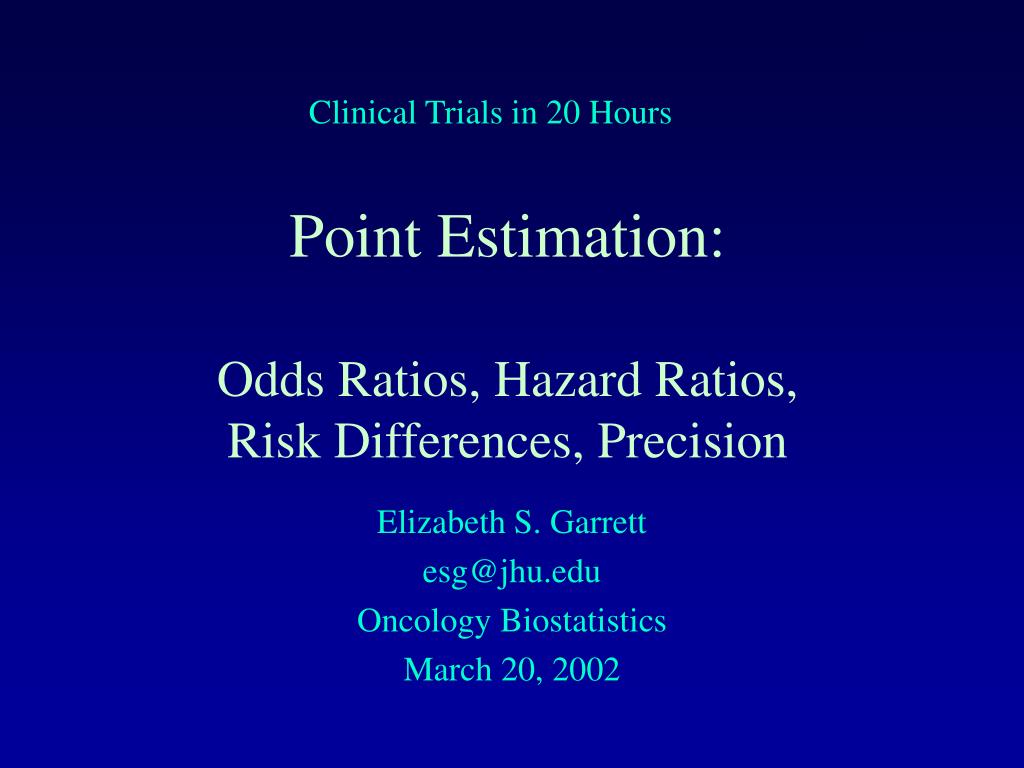


Ppt Point Estimation Odds Ratios Hazard Ratios Risk Differences Precision Powerpoint Presentation Id



Odds Ratios And Risk Ratios Youtube



Approximate Reciprocal Relationship Between Two Cause Specific Hazard Ratios In Covid 19 Data With Mutually Exclusive Events Medrxiv



Related Image Cross Sectional Study Hazard Ratio Odds
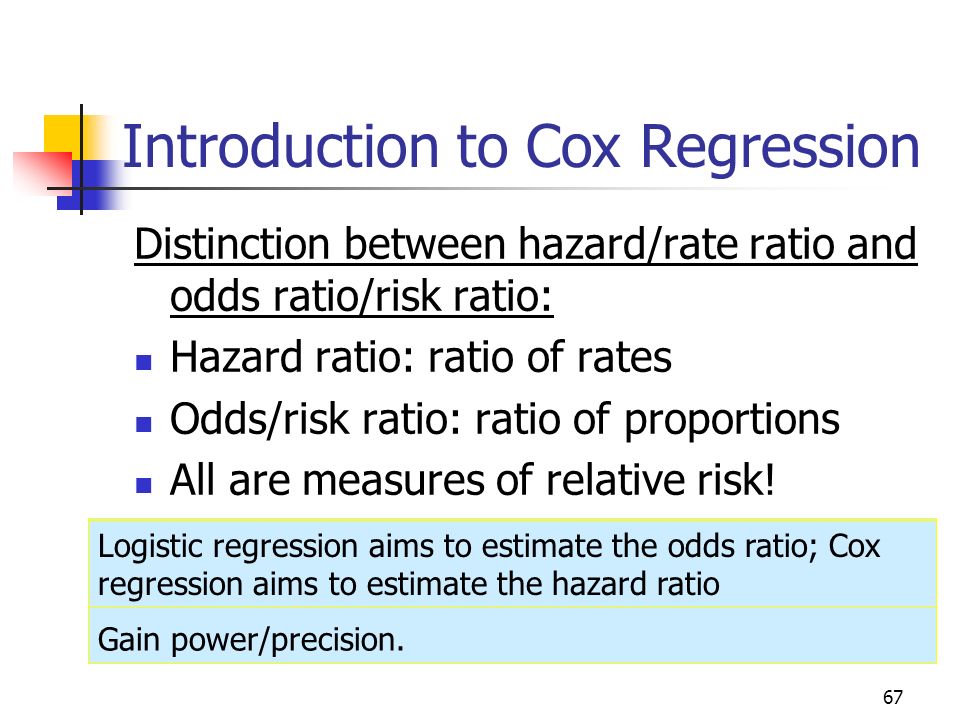


Tests For Time To Event Outcomes Survival Analysis Ppt Download



Simple Way To Visualise Odds Ratios In R Stack Overflow



Chapter 6 Choosing Effect Measures And Computing Estimates Of Effect Cochrane Training
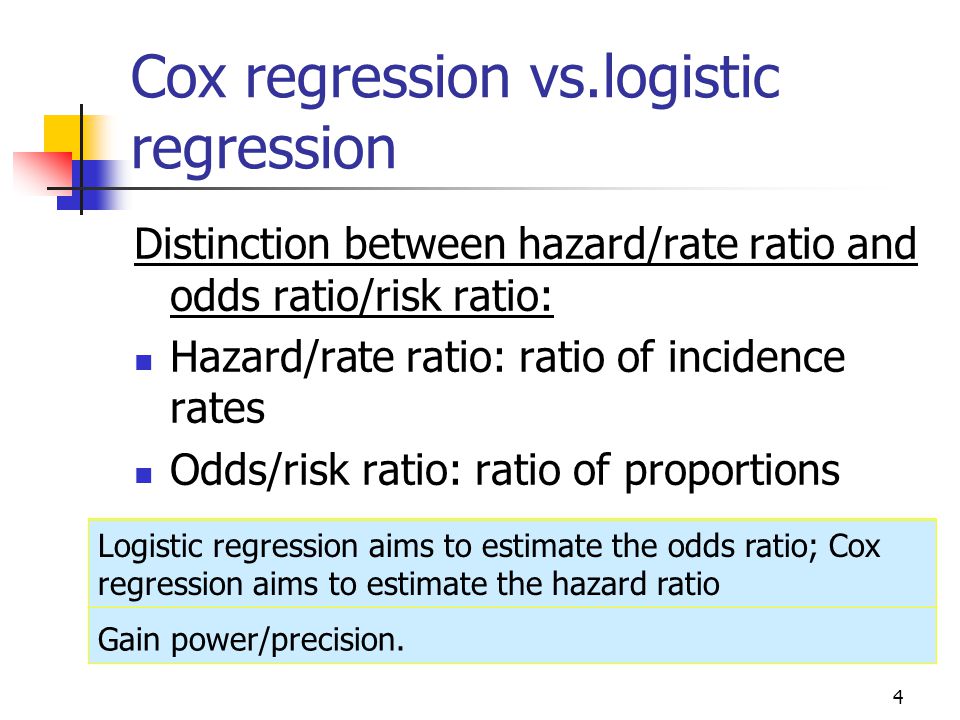


Statistics 262 Intermediate Biostatistics Ppt Video Online Download



Learning And Applying Biostatistics How The Guinness Brewery



Calculate Relative Risk With 95 Confidence Intervals


What Is The Difference Between The Risk Ratio Rr And The Odds Ratio Or Quora


Hazard And Hazard Ratio In Statistics



Definition And Calculation Of Odds Ratio Relative Risk Stomp On Step1


Hazard Ratio Vs Relative Risk


Relative Risk Wikipedia
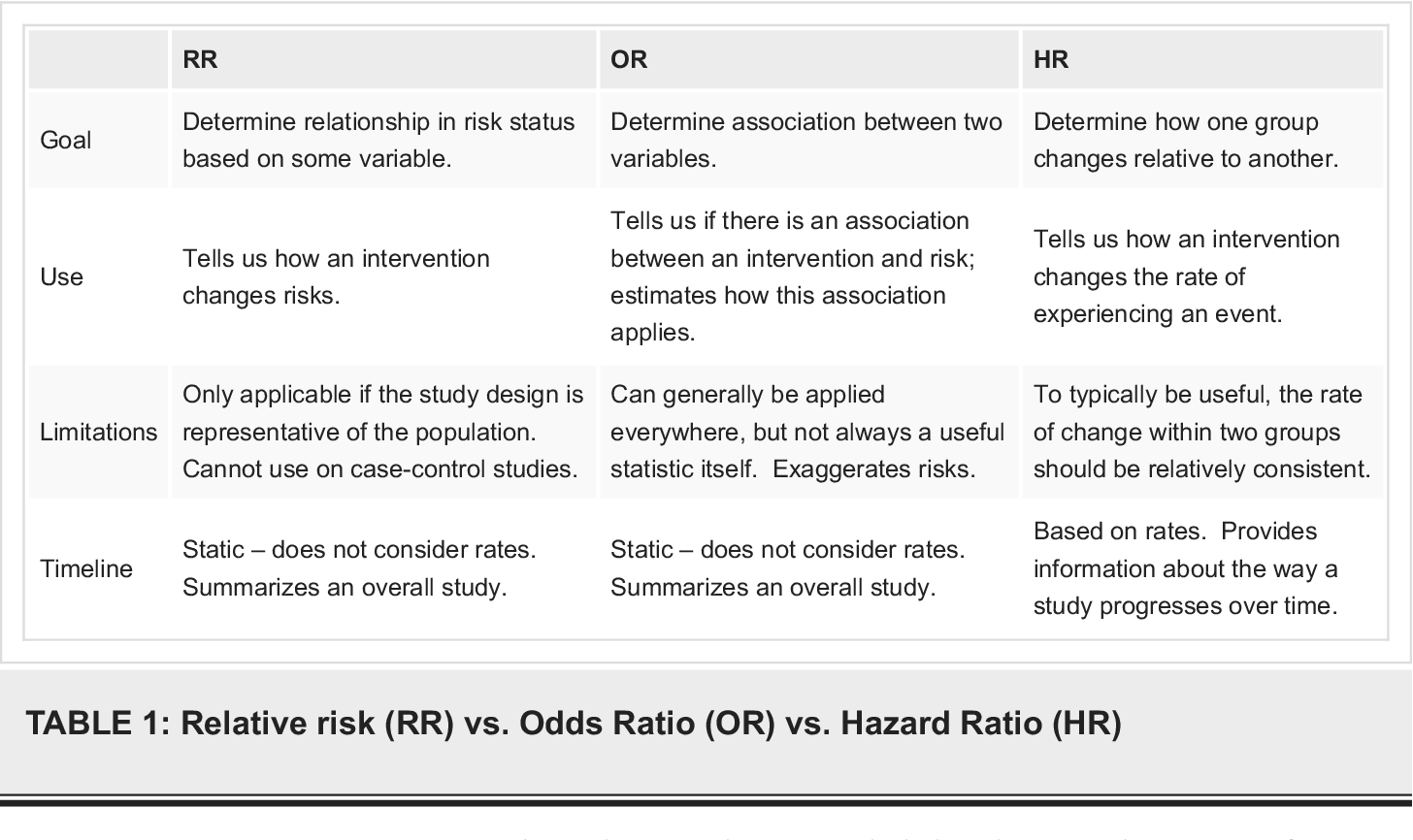


Pdf What S The Risk Differentiating Risk Ratios Odds Ratios And Hazard Ratios Semantic Scholar



Simple Way To Visualise Odds Ratios In R Stack Overflow



Forest Plot Wikipedia
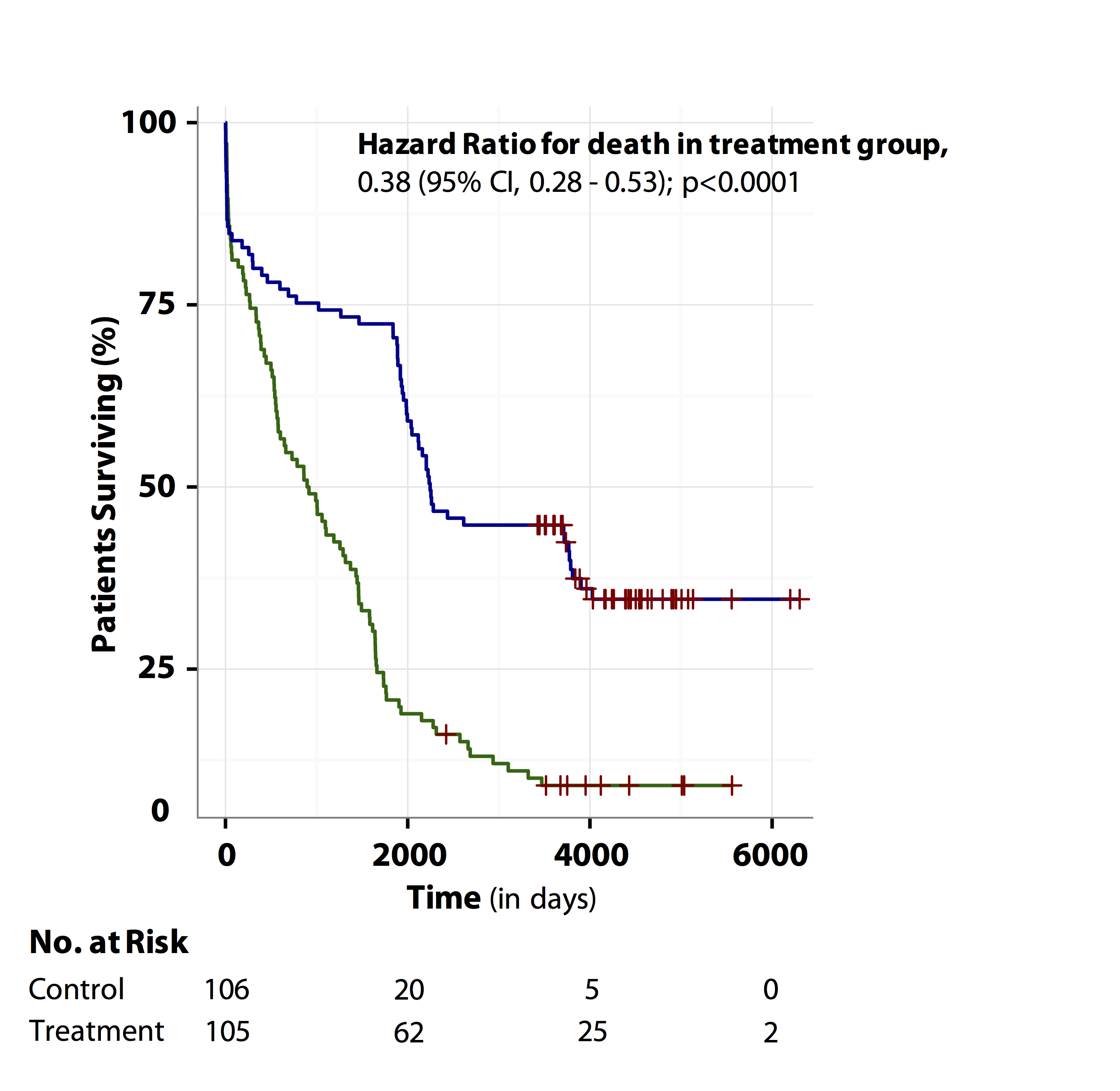


Tutorial About Hazard Ratios Students 4 Best Evidence



Fillable Online Odds Ratio Hazard Ratio And Relative Risk Fax Email Print Pdffiller



In A Meta Analysis Of Adjusted Estimates From Observational Studies Can I Pool Or With Hr And Rr Probably Not How Can I Transform Hr To Or



A Beginner S Guide To Interpreting Odds Ratios Confidence Intervals And P Values Students 4 Best Evidence
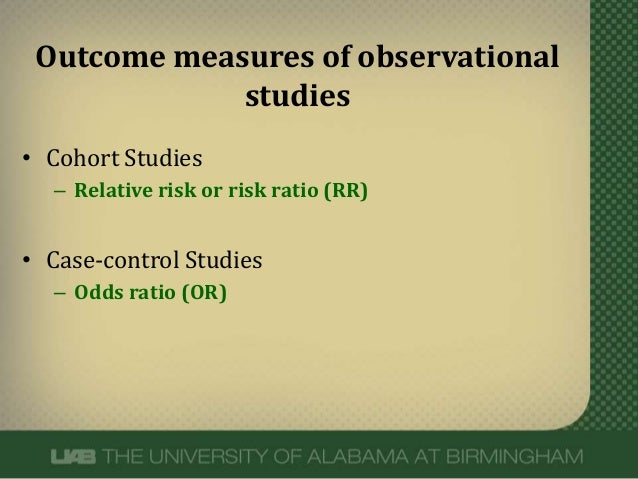


What Does An Odds Ratio Or Relative Risk Mean
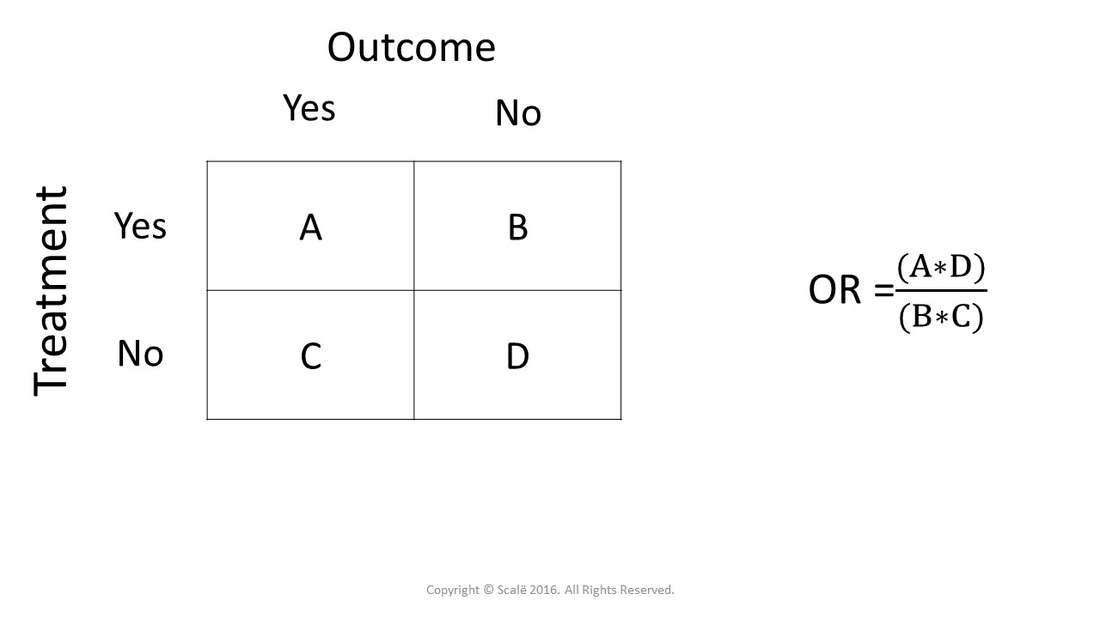


Use And Interpret Chi Square In Spss



Flow Chart Of Inclusion Of Studies Hr Hazard Ratio Or Odds Ratio Download Scientific Diagram



Graph Tip How Can I Plot An Odds Ratio Plot Also Known As A Forest Plot Or A Meta Analysis Plot Faq 809 Graphpad



What Is The Difference Between The Risk Ratio Rr And The Odds Ratio Or Quora



On Biostatistics And Clinical Trials Understanding The Endpoints In Oncology Overall Survival Progression Free Survival Hazard Ratio Censored Value



Crude And Adjusted Measures Of Odds Ratio Or And Hazard Ratio Hr Download Table
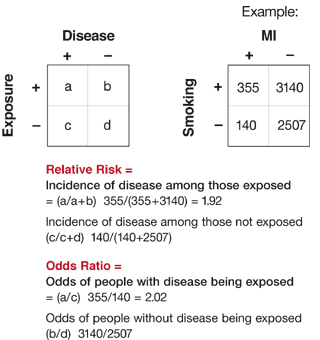


Relative Risks And Odds Ratios What S The Difference Mdedge Family Medicine
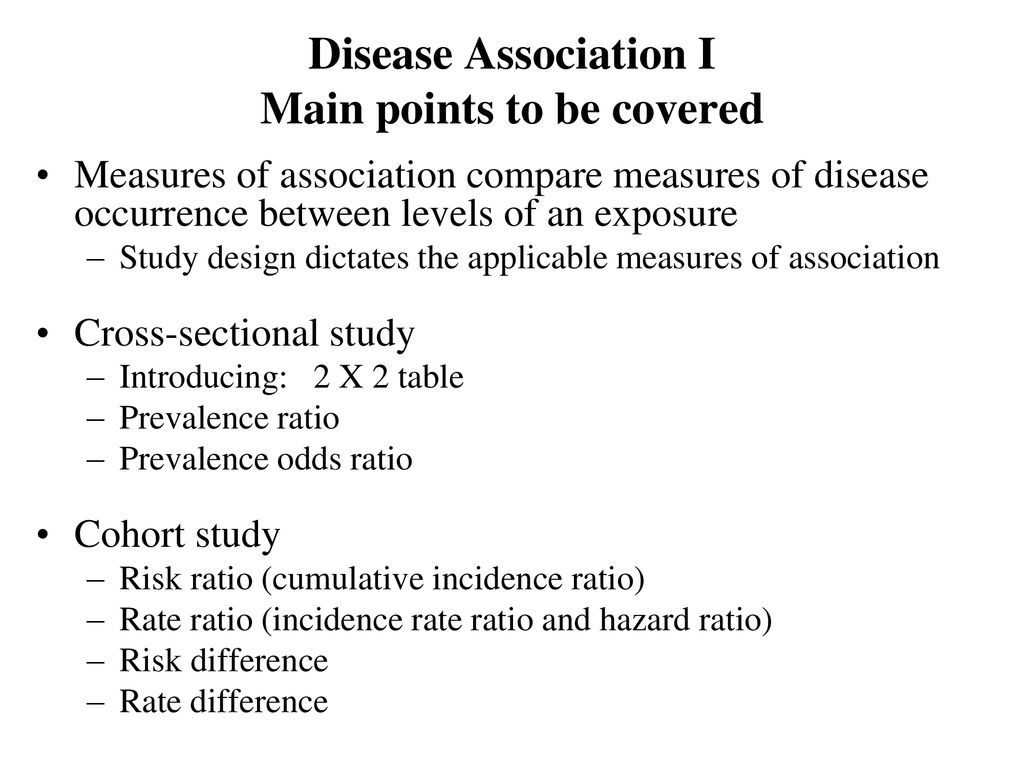


Who Saw This In The San Francisco Chronicle In The Past Week Ppt Download



Odds Ratio Wikipedia



Thread By Profdfrancis Risk Ratio Odds Ratio Hazard Ratio 2nd And Final Part Of The Tweetorial From Orbita Hq Fun Easy And Informativ Meded Foamed Cardiology Cardiotwitter



Pdf Odds Ratio Hazard Ratio And Relative Risk



Pdf Odds Ratio Hazard Ratio And Relative Risk



Odds Ratio Hazard Ratio And Relative Ratio Hazard Ratio And Relative Risk 63 Table 5 Examples Of Rr And Or For Different Probabilities ˇ 1 ˇ 2 Rr Or 4 1 4 6 2 3 67 58 04 Pdf Document
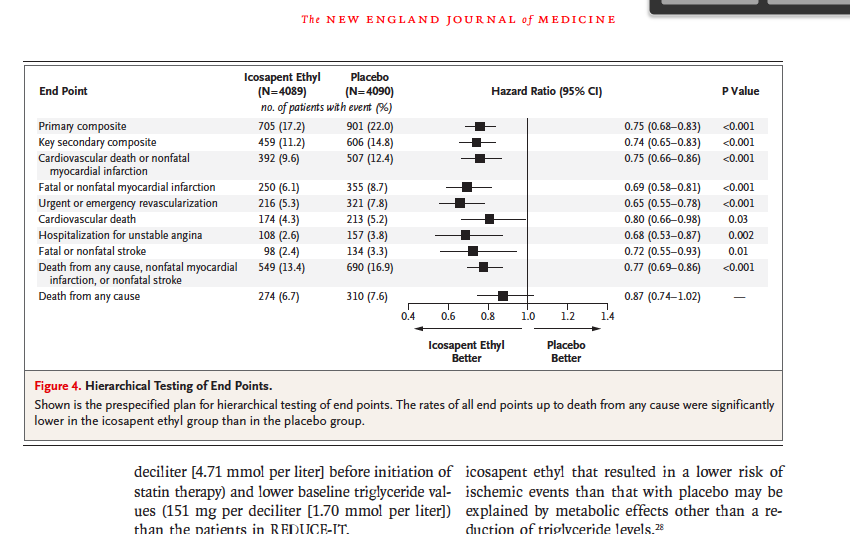


Solved State The Mean Median Hr Hazard Ratio Rr Chegg Com



Pdf What S The Risk Differentiating Risk Ratios Odds Ratios And Hazard Ratios
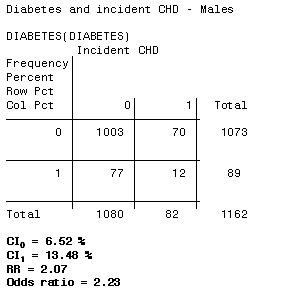


3 5 Bias Confounding And Effect Modification Stat 507
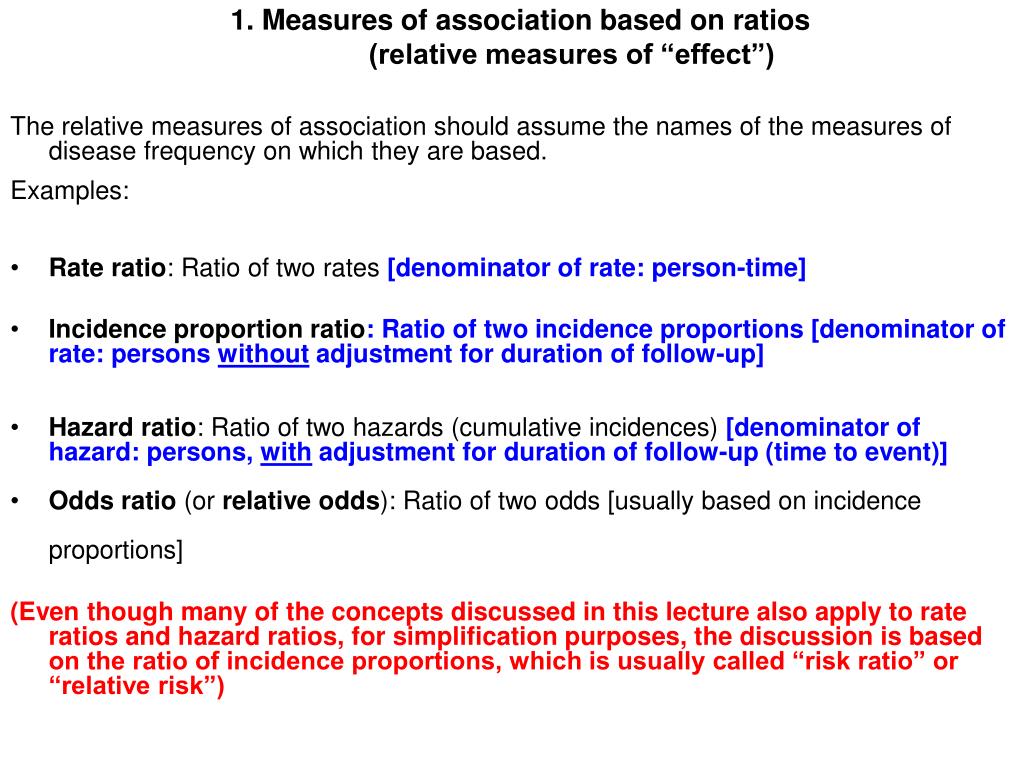


Hazard Ratio Vs Relative Risk



Odds Ratio Hazard Ratio And Relative Risk Janez Stare Semantic Scholar


Coefplot Plotting Regression Coefficients And Other Estimates In Stata



Clinical Trials In Hours Point Estimation Odds
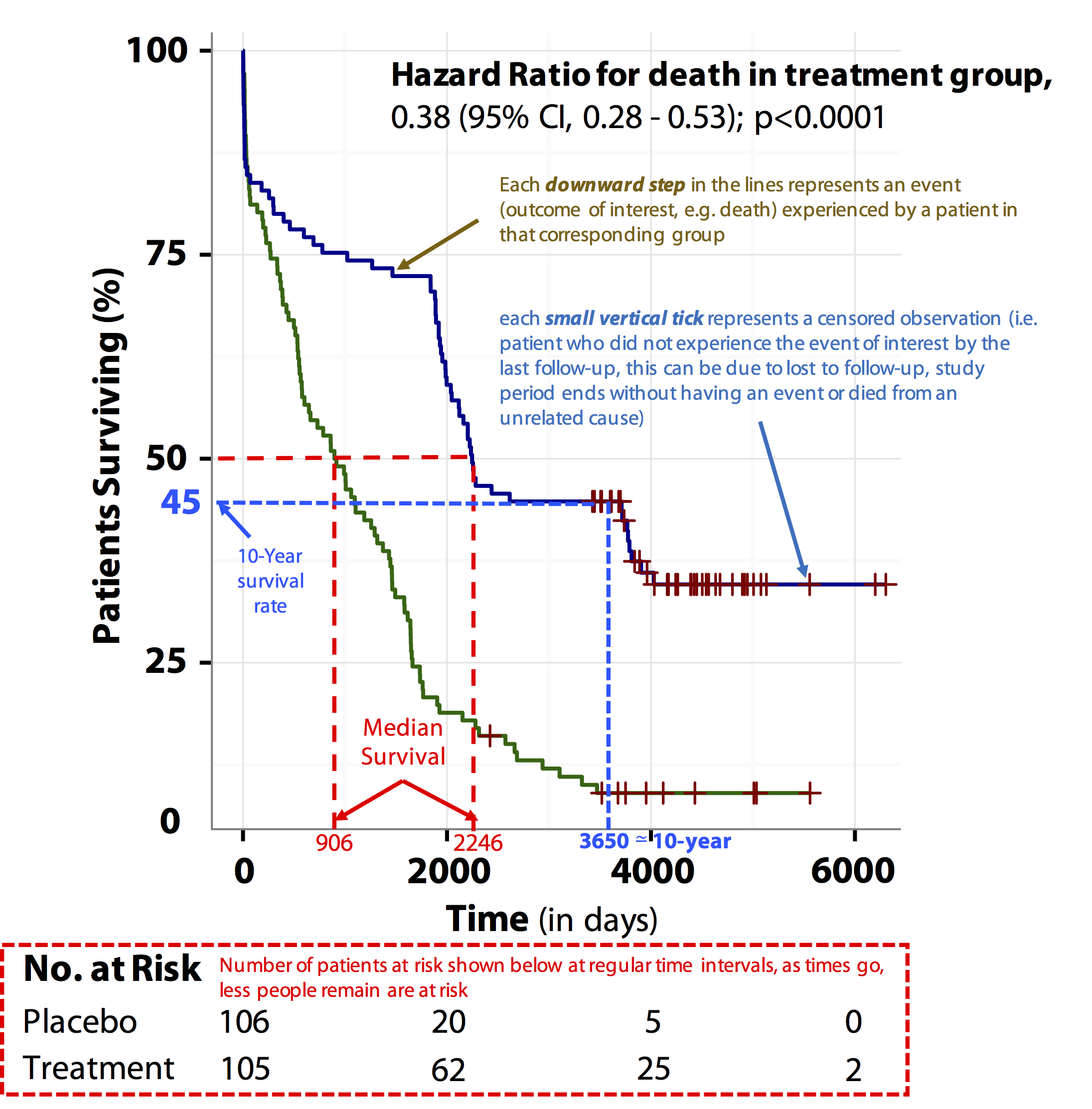


Tutorial About Hazard Ratios Students 4 Best Evidence



Odds Ratio Relative Risk Risk Difference Statistics Tutorial 30 Marinstatslectures Youtube


Studying Studies Part I Relative Risk Vs Absolute Risk Peter Attia



How To Interpret And Use A Relative Risk And An Odds Ratio Youtube



Common Measures Of Association In Medical Research Handout



Effect Sizes Basicmedical Key



Crude And Adjusted Measures Of Odds Ratio Or And Hazard Ratio Hr Download Table



Pdf Odds Ratio Hazard Ratio And Relative Risk
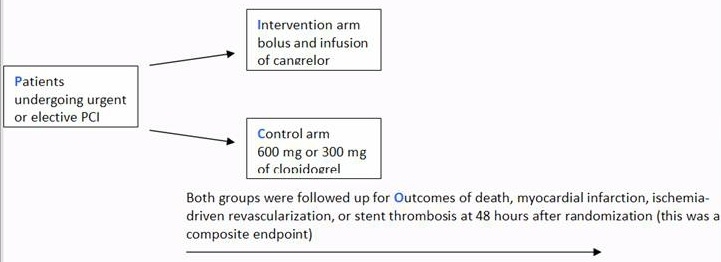


A Beginner S Guide To Interpreting Odds Ratios Confidence Intervals And P Values Students 4 Best Evidence
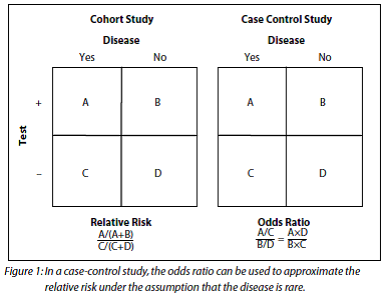


How To Be Awesome At Biostatistics And Literature Evaluation Part Ii Tl Dr Pharmacy



Measures Of Effect Relative Risks Odds Ratios Risk Difference And Number Needed To Treat Kidney International



Interpreting Hazard Ratios Youtube
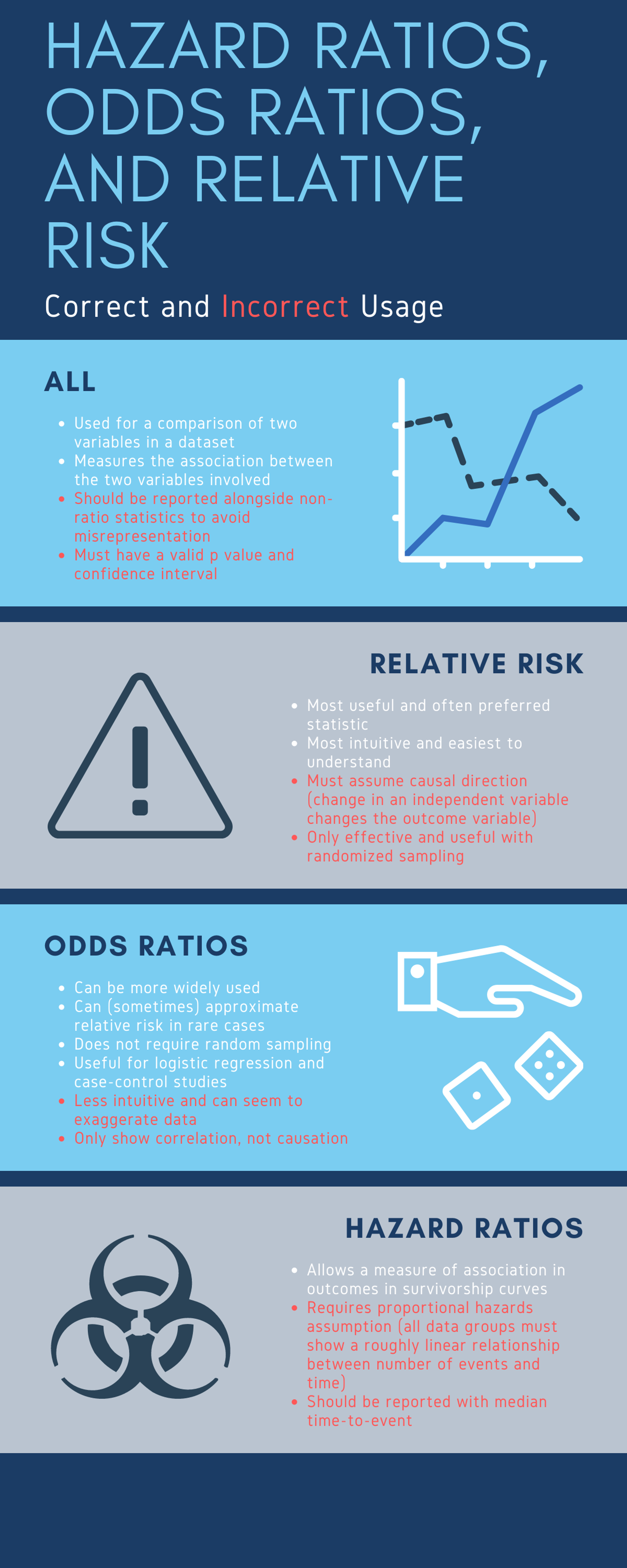


Cureus What S The Risk Differentiating Risk Ratios Odds Ratios And Hazard Ratios



Ctspedia Ctspedia Clinaegraph001
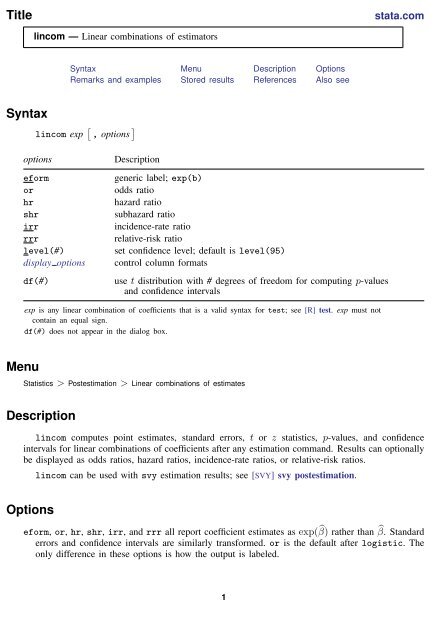


Lincom Stata



The Difference Between Relative Risk And Odds Ratios The Analysis Factor
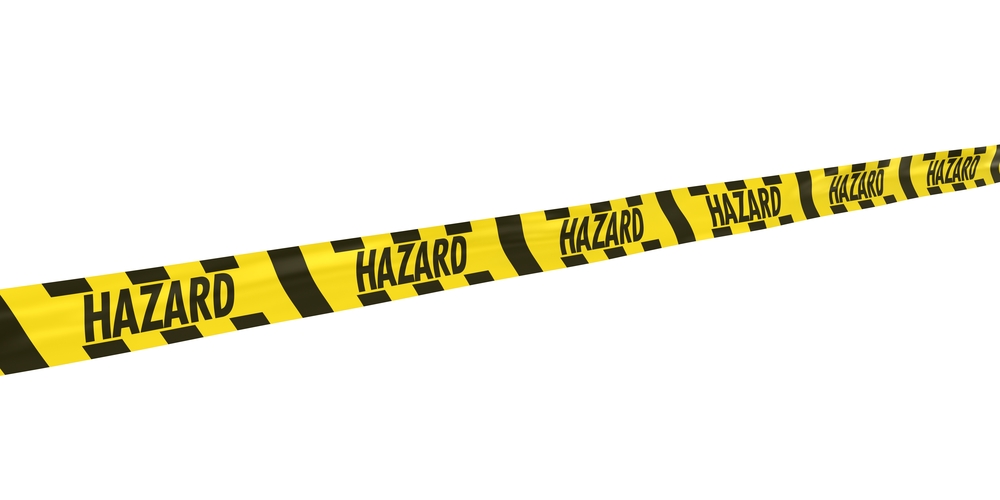


Tutorial About Hazard Ratios Students 4 Best Evidence



Odds Ratio Wikipedia



0 件のコメント:
コメントを投稿